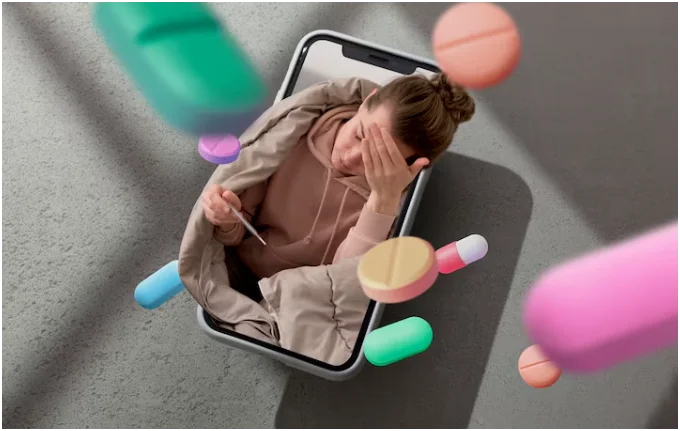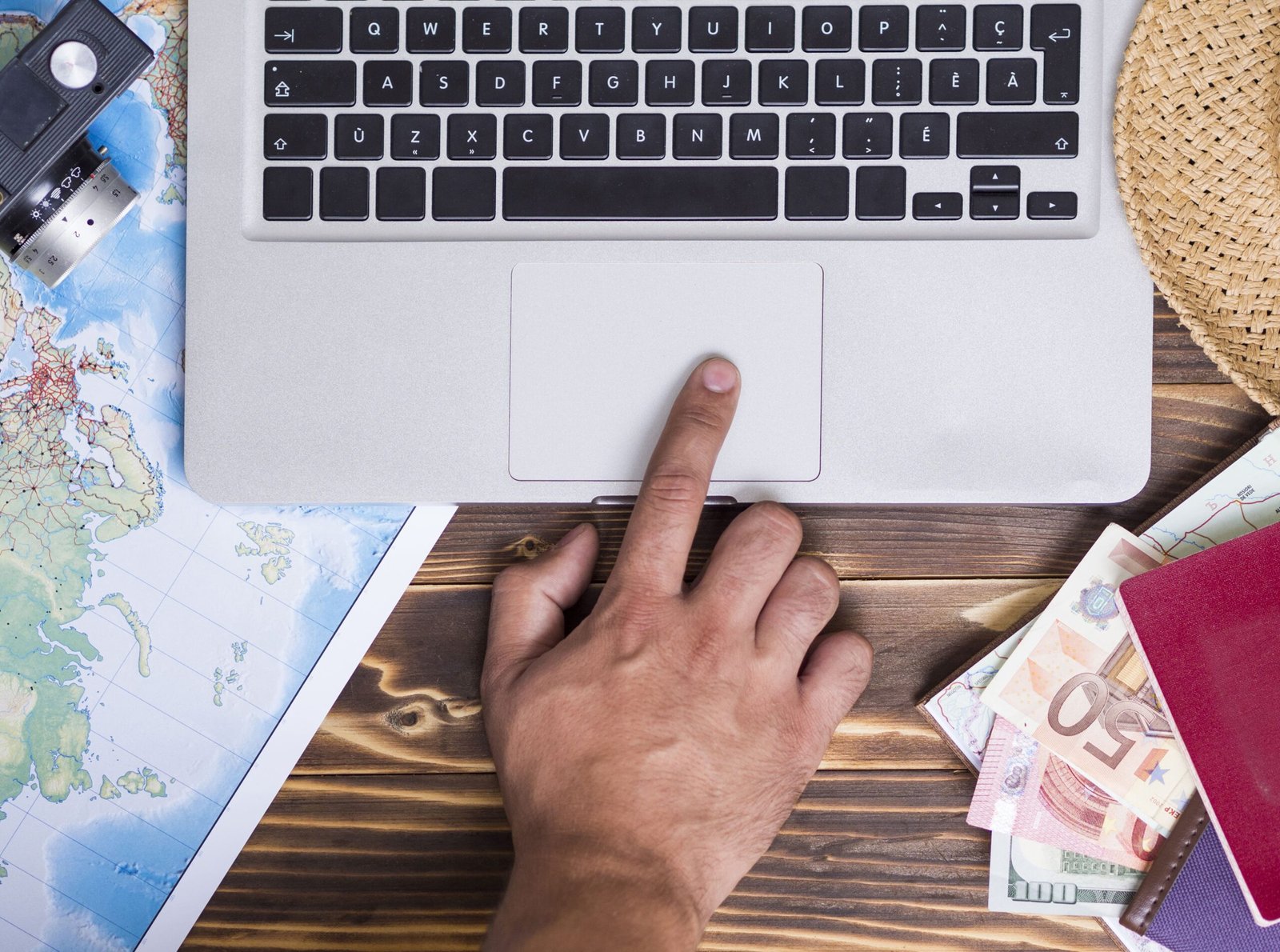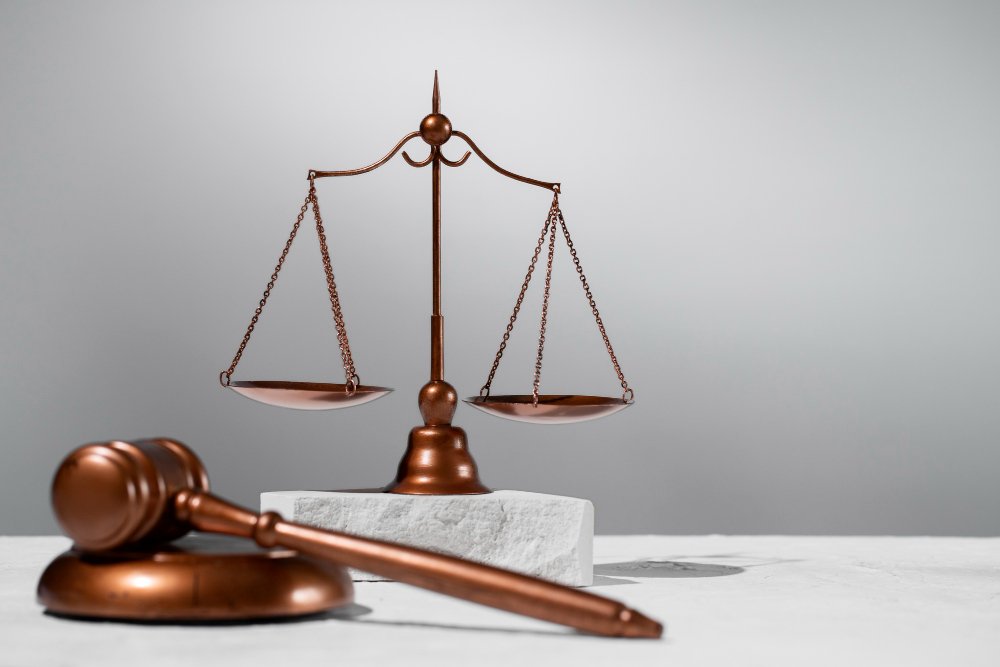It’s often subtle, starting innocently enough: a quick check of notifications, a moment of doom-scrolling before bed. But for a growing number of people, the digital scroll has morphed into a compulsive ritual, a habit that dictates mood, schedule, and self-worth. Social media addiction, or more accurately, problematic social media use, is the new age drug we often dismiss with a shrug, yet its impact on mental health and real-life functioning is becoming impossible to ignore. Unlike substance abuse, there are no visible tremors or slurred speech, only the quiet, isolating glow of the screen at 2 am. It’s an addiction that feeds on connection yet breeds profound disconnection.
How Likes and Views Trick the Brain
The architecture of social platforms is meticulously engineered for engagement, tapping directly into our brain’s reward system. When a post garners a flood of ‘likes’ or a video hits an unexpected viewership spike, the brain releases a surge of dopamine—the same neurotransmitter associated with pleasure and reward found in traditional addictions.
This hit is immediate and unpredictable, creating a powerful loop of craving. We post, we wait, we refresh, driven by the anticipation of that next rewarding ‘ping.’ This variable reward schedule is intensely compelling; it teaches the brain that if you just check one more time, you might get that tiny, glorious hit of validation. Over time, the brain begins to prioritize this digital reward over real-life activities, relationships, and even basic needs like sleep. It’s a powerful cycle that slowly erodes attention spans and genuine presence.
Signs You’re Crossing the Healthy Limit
Where is the line between healthy use and dependency? It’s a blurry boundary, but certain behavioural shifts act as vital warning signs. One of the clearest indicators is the experience of withdrawal symptoms—a wave of anxiety, irritability, or restlessness—when separated from the phone or network.
Other signs include the persistent, unsuccessful effort to cut back time spent online, or finding that you use social media to escape negative feelings like loneliness or stress, essentially using the screen as a form of self-medication. Has the quality of your sleep suffered because you’re scrolling? Do you find yourself lying about the amount of time you spend online? If the compulsion to check your feeds interferes with work, studies, or face-to-face relationships, you are likely operating in a detrimental zone. We often joke about being hooked, but when the joke stops being funny and starts feeling like a confession, it’s time to pay attention.
The Emotional Vacuum of Online Validation
The most insidious side effect is the emotional vacuum created by relying on online validation. While the ‘likes’ offer temporary pleasure, they do not build sustainable self-worth. In fact, they often do the opposite. When posts fail to perform, or when the highlight reel of others’ lives is consumed, it sparks comparison, inadequacy, and feelings of failure.
This constant pursuit of external approval makes us emotionally brittle. We stop building resilience against real-world setbacks because we expect instant, positive feedback. The curated, filtered life of the digital space becomes the false standard against which our messy, complicated reality can never measure up. It fosters a dependency on strangers’ approval, leaving the individual deeply vulnerable and emotionally hollow once the screen goes dark.
Steps to Regain Real-Life Focus
Regaining control requires intentional, disciplined action. Start with small digital fasts. Try designating times or zones in your home (like the bedroom or dining table) as phone-free. Turn off non-essential notifications—those small pings are the platform’s strongest weapon against your focus.
Reintroduce analog, low-dopamine activities that build true contentment, such as reading a physical book, spending time in nature, or engaging in a deep conversation without the phone nearby. If the compulsion feels overwhelming, or if you suspect co-occurring mental health issues like anxiety or depression are fuelling the habit, seeking professional help is a sign of strength. Specialized therapists can offer Cognitive Behavioural Therapy (CBT) techniques tailored for digital overuse. Sometimes, in severe cases, residential programs dealing with behavioural addictions, perhaps even a specialised wing in a rehabilitation center in Mumbai or elsewhere, might be considered, though this is rare and reserved for the most extreme functional impairments. The goal isn’t to eliminate the digital world, but to put it back in its rightful place—as a tool, not a master.
Expert Advice on Managing Digital Use
Experts emphasise a shift from abstinence to mindfulness. Instead of aiming for zero use, aim for intentional use. Before opening an app, ask yourself, “What is my goal right now?” Is it to message a specific person, or am I mindlessly escaping a task?
Setting strict time limits using built-in phone features is crucial. Furthermore, actively cultivate digital empathy: understand that what you see online is an edited narrative. By consciously limiting consumption and increasing intentional creation or real-life interaction, we can re-prioritise our attention. The real, nuanced world outside the screen—with its genuine laughter, its awkward pauses, and its unedited beauty—is where true human fulfilment lies. We need to remember how to look up.



